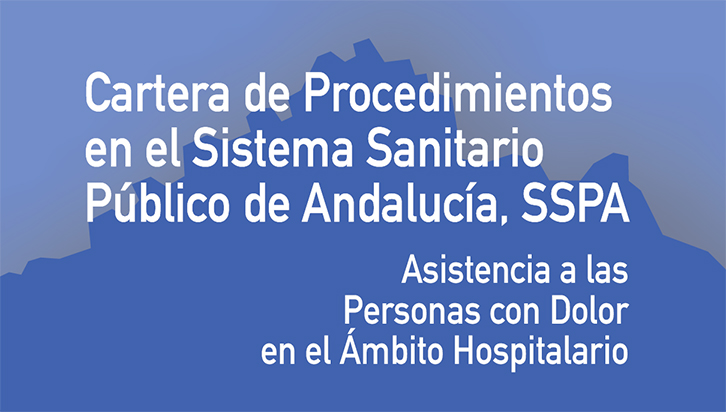
Ketamine an N-methyl-D-aspartate (NMDA) receptor blocking agent and a dissociative anesthetic with neurostimulatory side effects. In recent years, multiple research trials as well as systematic reviews and meta-analyses suggest the usefulness of ketamine as a strong analgesic used in subanesthetic intravenous doses, and also as a sedative. In addition, ketamine was noted to possess properties of anti-tolerance, anti-hyperalgesia and anti-allodynia most likely secondary to inhibition of the NMDA receptors. Tolerance, hyperalgesia and allodynia phenomena are the main components of opioid resistance, and pathological pain is often seen in the clinical conditions involving neuropathic pain, opioid-induced hyperalgesia, and central sensitization with allodynia or hyperalgesia. All these conditions are challenging to treat. In low doses, ketamine does not have major adverse dysphoric effects and also has the favorable effects of reduced incidence of opioid-induced nausea and vomiting. Therefore, ketamine can be a useful adjunct for pain control after surgery. Additional studies are required to determine the role of ketamine in the immediate postoperative period after surgical interventions known to produce severe pain and in the prevention and treatment of chronic pain.
Más información aquí.


